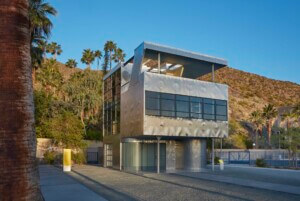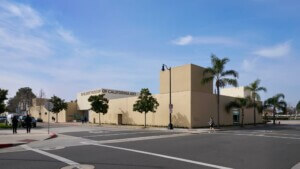On January 25, the Facades+ conference series returns to San Francisco for our first event of 2024. The symposium will be co-chaired by Francesca Oliveira, principal at SOM, and features seven expert-led presentations on topics such as facade performance and carbon. It will also showcase a few of California’s most innovative and striking building envelopes.
Click here to view additional information and register.
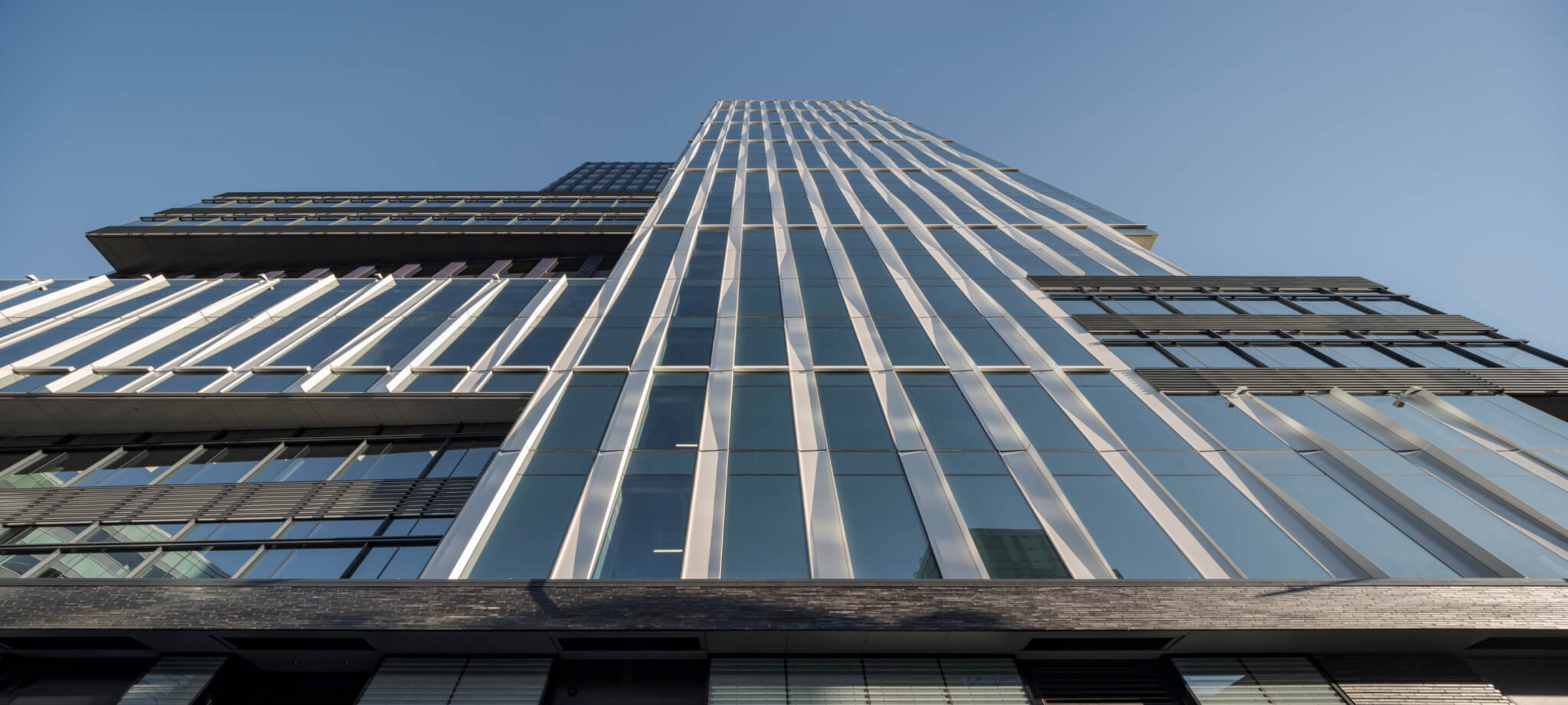
Scaling Up: Complex Facade Coordination on 415 Natoma
Angela Wu, director at KPF; Earl Patrick, director of design at Enclos; and Adam Kyle, associate principal at MEYERS + ENGINEERS, will unveil the complex facade design of 415 Natoma, a new office tower in San Francisco’s SoMa neighborhood. The presenters will share the strategy behind the massing of the tower composed as two overlapping prisms to better address the street conditions to its North and South. A unique approach was also formulated for the building’s envelope, which blends several exterior cladding concepts into a cohesive, yet complex, whole.
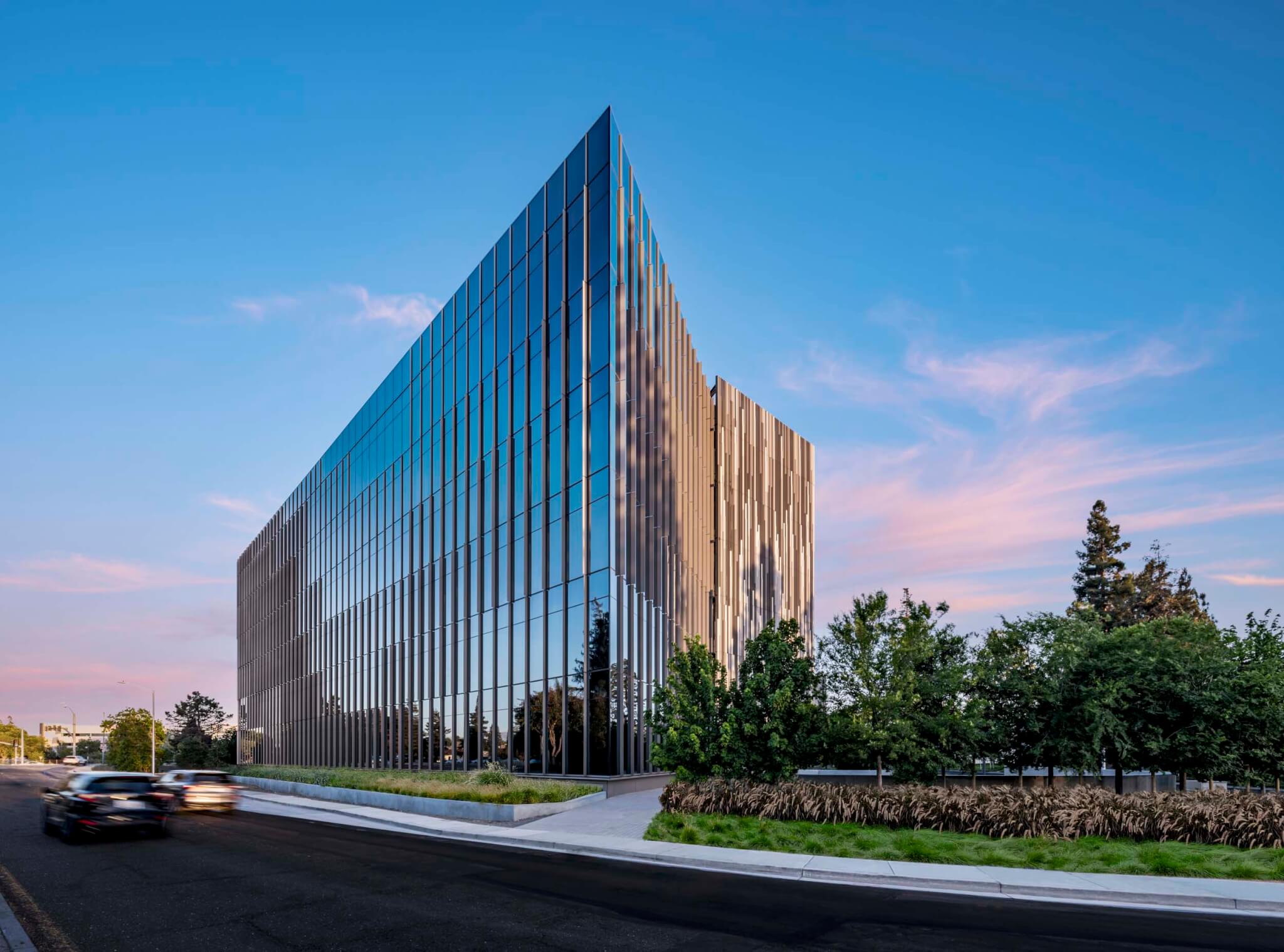
Expressive Screening: Thirty 75 Tech
The following presentation highlights the challenges, and presents elaborate solutions, related to the implementation of a glass curtain wall system under California‘s progressive energy code. Thirty 75 Tech, an office building located in Santa Clara, accomplishes energy efficiency guidelines through a tuned louver system. Paul Tang and Courtenay Bauer of Verse Design; and Humphery Yap, chief design engineer at Architectural Glass and Aluminum, will describe the specification, design, and implementation of the extruded aluminum louvers shading the building. The design team will also delve into the digital tools used to calculate the orientation of each vertical element.
Balancing Acts: Between Embodied and Operational Carbon in Facade Design
Sustainability leaders from SOM will take the stage in a panel dedicated to the carbon impacts of building enclosures. Compiled from a mix of research and practical knowledge acquired through the completion of real-world projects, the presentation will suggest new strategies for the reduction of embodied and operational carbon through sustainable envelope design and construction.
Beyond Sustainable Design: Strategies for the High-Performance Facade
This roundtable session convenes leaders in the facade manufacturing industry to chart the trajectory and future of the industry. Kevin Powell, director of emerging building technology at GSA; Mike Martinez, director at Atelier Ten; and Andrea Zani, building physics and sustainability leader at Permasteelisa North America will speak on new trends in manufacturing and fabrication such as sustainability, circularity, and environmental product declarations (EPD).

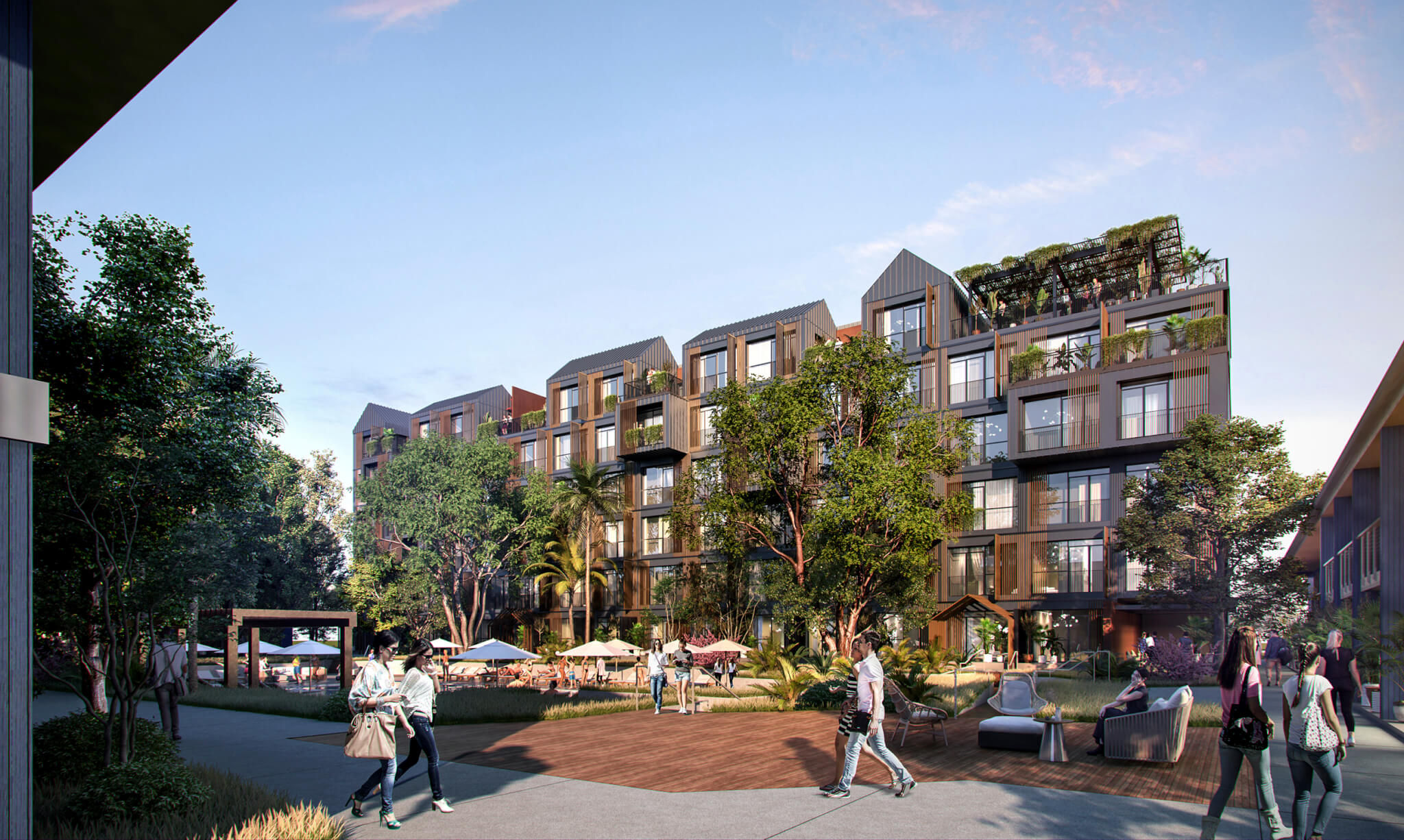
Transforming Sunnyvale: High Performance Facades at Multiple Scales
The next session highlights two recent projects in Sunnyvale, California that have achieved high performance sustainability metrics, albeit through differing approaches. An improved Sunnyvale City Hall, designed and engineered by SmithGroup and KPFF, inaugurates a brand new, net-zero building for the city. The facility was constructed from a unitized timber curtain wall equipped with ceramic sunshades and a photovoltaic roof. On the other hand, Treehouse Hotel, designed by Steinberg Hart, achieves sustainability requirements through its modular construction, which accelerates the building process, improving quality control and safety, while simultaneously decreasing emissions.
The Path to Net-Zero Facades: Energy, Carbon, & ROI
The final presentation of the day will detail recent advances in vacuum insulated glazing and demonstrate how this technology can be applied to retrofits of existing structures. Nino Adamo, vice president of Turner Construction; Nicholas Bagetlos, president of Bagatelos Glass; and Mazi Shirakh, decarbonization lead for the California Energy Commission, will share the benefits of vacuum insulation, with a particular emphasis on its utility as a highly efficient replacement for existing single pane glass.









